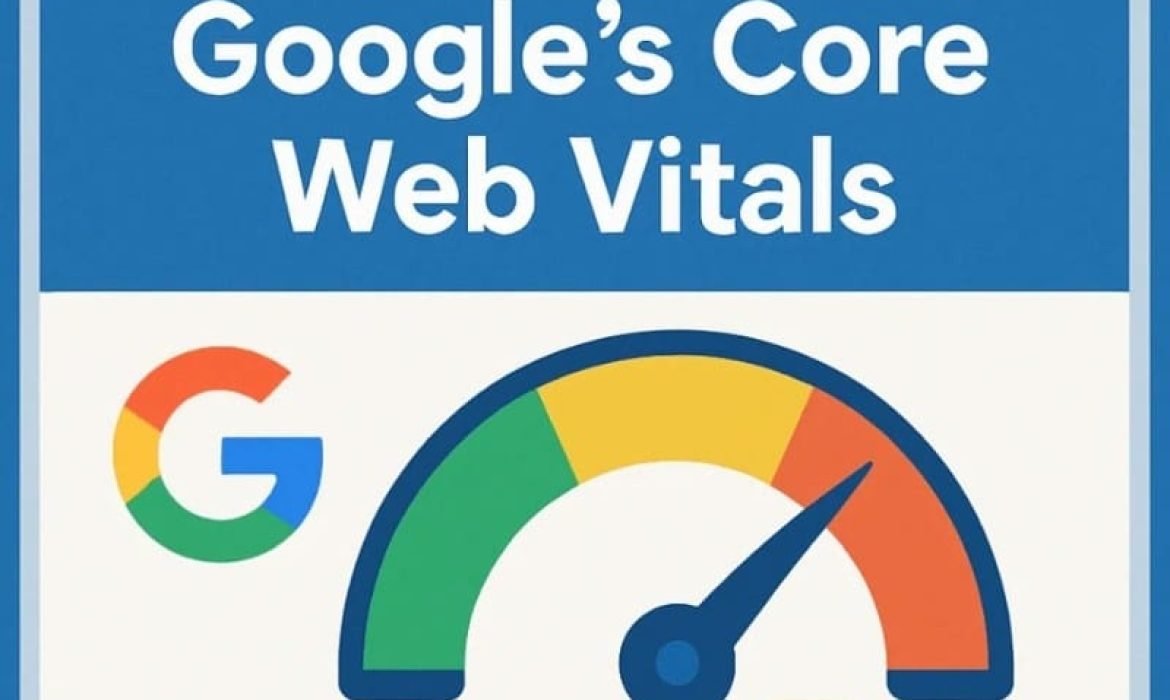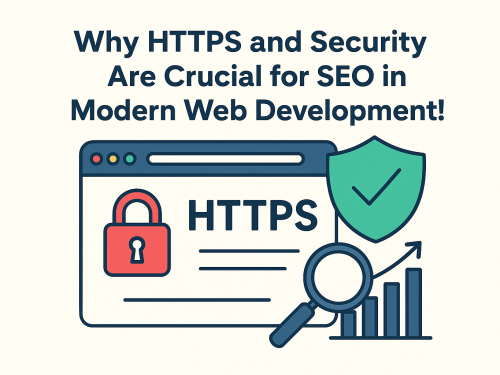When people visit your website, they expect it to load quickly and work smoothly. But if it does not give that experience, they often leave within seconds. So, to help site owners improve user experience, Google introduced Core Web Vitals.
Core Web Vitals are part of Google’s overall focus on user experience. They help determine where your site ranks in Google search. The better your scores, the better chance you have of ranking higher. There are three key indicators that show how fast and stable your site is when someone uses it.
In this blog, you will understand these three key indicators of Core Web Vitals. And how they help you in SEO success.
Everything You Should Know About the Three Core Web Vitals
The following information will help you to clearly understand the three Core Web Vitals:
1. Largest Contentful Paint (LCP)
The first performance metric of Core Web Vitals is Largest Contentful Paint (LCP). LCP measures how much time it takes for a webpage with large content to become visible to users. Here, it typically measures elements such as:
- Images (e.g., <img> tags)
- Video poster frames
- Background images loaded via CSS
- Large text blocks (e.g., headings, paragraphs)
It shows how soon visitors can see the main content after opening your page. And if it loads slowly, then users can get annoyed. They can leave the page before they even see the main content.
If it takes 4 seconds for the banner image to appear after someone opens your homepage, it can be frustrating. That means your LCP is too high.
That’s why Google recommends keeping LCP under 2.5 seconds after the page starts loading. A fast LCP gives users the feeling that your site is quick and ready to use.
How to Improve LCP for Better SEO:
- Optimize images: Large images take longer to load and can slow down your page. Use compressed and properly resized images without sacrificing quality. Consider using modern formats like WebP and serving responsive images for faster performance across all devices.
- Optimize CSS and JavaScript: Extra code can slow things down. Remove any code your page doesn’t actually use. You can also shrink (or “minify”) the code and move the most important styles to the top so they load first. This helps the main content show up faster.
- Optimize server response times: If your website’s server is slow, your page will be slow too. Use a reliable web host, clean up your database, and avoid unnecessary redirects. Using a CDN (Content Delivery Network) can also help deliver your content faster by using servers that are closer to your visitors.
- Reduce render-blocking resources: Sometimes, files like CSS or JavaScript get in the way of the content loading right away. You can delay or load them later so they don’t block the important stuff, like your banner image or headline, from showing up first.
COMMON TOOLS TO CHECK: PageSpeed Insights.
2. Interaction to Next Paint (INP)
The next is Interaction to Next Paint (INP). It tracks how long your site takes to respond when a visitor tries to interact with it. This includes actions like:
- Clicking a button,
- Choosing an item from a menu, or
- Filling out a form
To give users a smooth experience, your website’s Interaction to Next Paint (INP) should be 200 milliseconds or less.
For example, imagine someone taps the “Buy Now” button, but nothing happens for half a second. That delay is counted in your INP score. And also, if there’s a delay after the click or tap visitor can feel like the site is frozen or broken.
How to Improve INP for Better SEO:
- Reduce JavaScript Execution Time: Excessive JavaScript often makes your site lag behind user actions. One of the methods to do so is to divide the large scripts into smaller parts and eliminate the unused code.
- Avoid Long Tasks: If the browser is too busy with tasks such as animations or background processing that take too long, it can’t come back to the user to respond quickly to user input. Split the tasks up into teeny tiny chunks. It should take less than 50 milliseconds to make it feel snappy.
- Prioritize User Interactions: Make sure the code that handles user actions (like clicks or taps) runs as quickly as possible. Defer non-essential tasks so they don’t block interaction.
- Use Efficient Event Handlers: Avoid putting too much logic inside event listeners. Keep them simple so the browser can process them quickly when a user interacts with your site.
- Minimize Layout Shifts and Visual Jank: If elements move around after a user clicks something, it can delay feedback. Keep your layout stable and predictable.
COMMON TOOLS TO CHECK: PageSpeed Insights or Lighthouse.
3. Cumulative Layout Shift (CLS)
Cumulative Layout Shift (CLS) is a stable Core Web Vital metric. It’s an important, user-centric metric for measuring visual stability because it helps quantify how often users experience unexpected layout shifts. A low CLS helps ensure that the page is delightful.
CLS examines the proportion of movement of the layout of your site as it loads. You may have come across the pages in which images/ads move around as they load. This may make you press the wrong button or lose your flow in reading. That is aggravating and misleading to users.
Google recommends a CLS score of less than 0.1. A stable layout makes your page easier to use and more trustworthy.
How to Improve CLS for Better SEO:
- Always Set Size for Images and Videos: When inserting images, videos, or ads, be sure to specify their height and width in the code. This helps the browser estimate how large an area to allocate so that nothing jumps around when the page loads.
- Don’t Insert Content Above What’s Already Visible: Don’t create banners, popups, or ads at the top of the screen, which can interfere with the page loading process. This will push the content down and ruin the user experience.
- Use Fonts That Load Quickly: Sometimes, a font takes too long to load, and the text shifts when it finally appears. To fix this, use system fonts or fonts with a fallback to avoid visual jumps.
- Reserve Space for Ads or Dynamic Content: If your page has ads or embeds that appear after loading, reserve space for them in advance. This prevents the layout from shifting when those elements finally show up.
- Preload Fonts and Important Assets: Use the preload tag for important fonts and elements so they load faster and more smoothly — reducing unexpected layout movements.
COMMON TOOLS TO CHECK: PageSpeed Insights, Lighthouse or or Chrome DevTools.
Together, these three Core Web Vitals help you understand what your visitors see and feel when they use your site. Improving them can lead to better user satisfaction and stronger performance in search results.
Final Thoughts
Core Web Vitals have become a major constituent element in the ranking scheme employed by Google. They include the speed at which your content appears, the rate at which your content responds to clicks, and the responsiveness with which it loads. By optimizing these scores, you would be rendering your site friendly to people. That holds people on your page so that it counts more in search.
Connect with Industry Professionals
Partner with Geek Informatic & Technologies Pvt. Ltd. and make your site faster, reliable, and user-friendly. Our team will help you meet the Core Web Vitals through Google to ensure you stay top of the search results.









